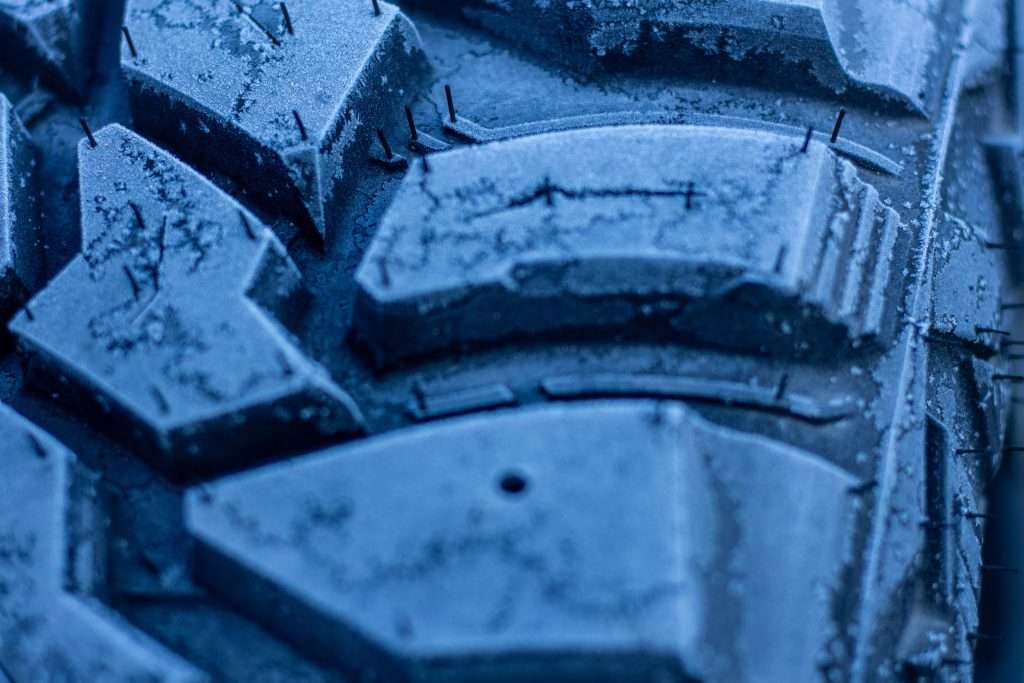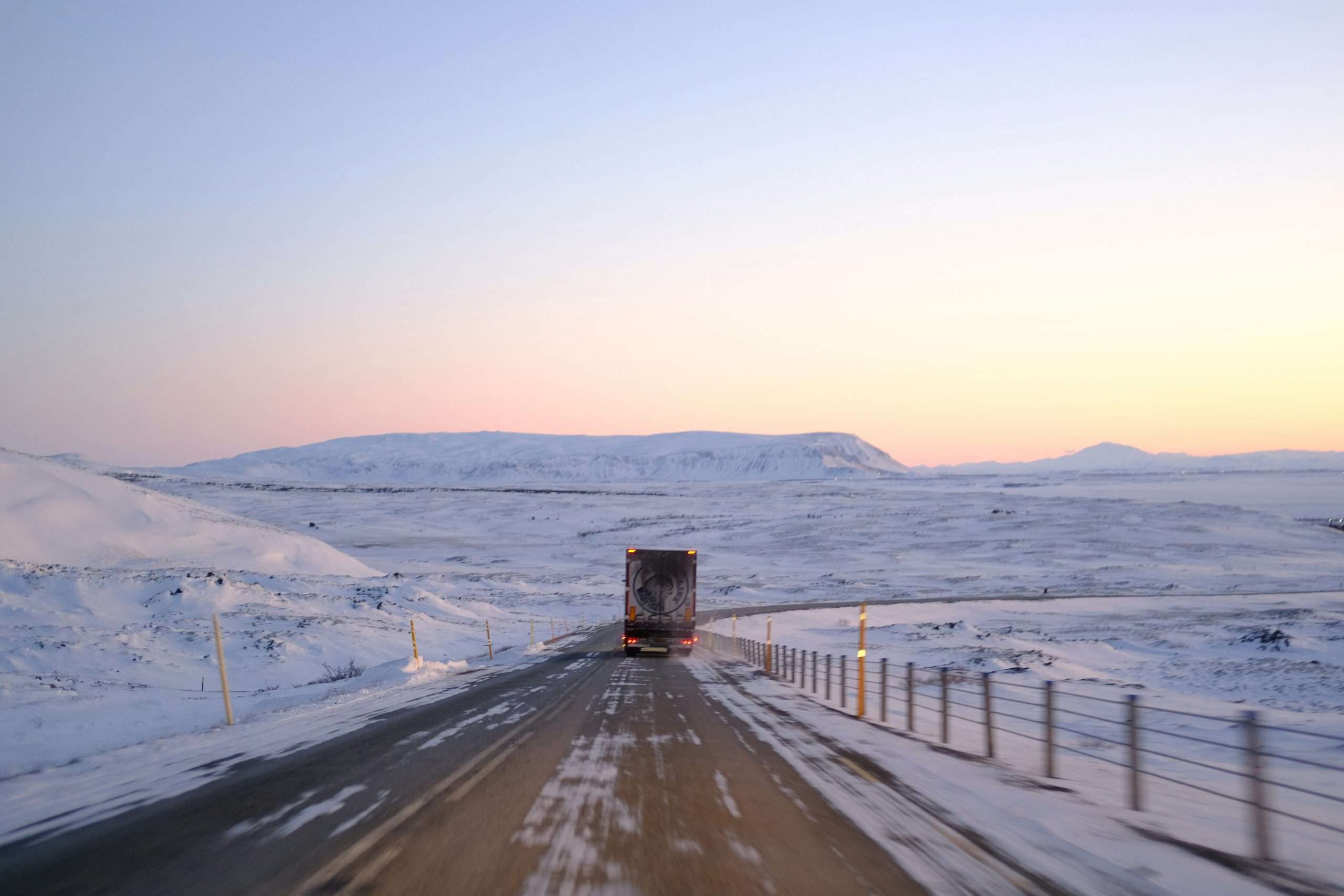As temperatures drop and the holiday season ramps up, it’s time to think about winterizing your fleet. Fleet vehicles are often expected to work around the clock to meet demand, and they need regular care to stay efficient and safe. Harsh weather conditions can be especially damaging if proper vehicle maintenance isn’t performed.
Ensuring that your vehicles are ready for cold temperatures not only keeps your fleet efficient but also reduces the risk of costly repairs and unexpected breakdowns. Let’s take a look at how to prepare your fleet for winter and avoid any disruptions that could impact your bottom line.
Table of Contents
The Importance of Winterizing Fleet Vehicles
Winter weather can be unforgiving. From freezing temperatures to snow and ice, the cold presents unique challenges for vehicles. Tires lose pressure in colder weather, fluids thicken, and battery performance drops significantly, making it harder for vehicles to start and run efficiently.
Fleet managers must take these factors into account to ensure their vehicles remain in top condition. For fleets in warm, southern states, winterizing may not be necessary, but for many parts of the country, it’s essential for smooth fleet operations during the cold months.
Vehicle Maintenance Checklist for Winter
Proper winter vehicle maintenance goes beyond simply adding antifreeze. A thorough winterization strategy includes checking key systems and parts that are most affected by cold weather. Below is a checklist to help you keep your fleet in tip-top shape during the winter.
Tires
Cold temperatures cause the air in tires to contract, lowering pressure. As tire pressure decreases, rolling resistance increases, which makes it harder for the vehicle to maintain speed and efficiency, and ultimately leads to increased fuel consumption. Improperly inflated tires also compromise traction and handling. Make sure to check tire pressure regularly and inflate tires to the manufacturer’s recommended levels.
Additionally, consider switching to winter tires for fleets operating in areas with snow and ice. These tires have specialized tread designs and compounds that offer better grip in cold, snowy, or icy conditions, providing improved traction and stability. Even if your area doesn’t justify winter tires, you should still pay special attention to tread depth and tire condition during the winter. Tread depth should be at least 4/32” for good traction to prevent sliding or hydroplaning.

Fluids
Various fluids are essential for a vehicle’s performance, and winter weather can cause them to freeze, thicken, or lose their effectiveness. Start by checking all fluid levels in the vehicle, including engine oil, transmission fluid, coolant, and brake fluid.
Switching to winter-grade fluids is also a good idea. Consider using a low-viscosity synthetic oil that flows more easily in colder temperatures, as well as winter-grade windshield washer fluid, which is designed to prevent freezing.
Wiper-Blades
Visibility is critical during winter months, especially in areas prone to snow and sleet. Standard wiper blades can struggle to clear away snow and ice. Winter-grade wiper blades are specifically designed to handle these harsh conditions. These blades have a rubber boot that prevents snow and ice buildup, ensuring that your fleet drivers have clear visibility even in the worst weather. If your fleet operates in snowy or icy areas, replacing regular wiper blades with winter wipers is a smart investment.
Battery
Cold temperatures take a toll on batteries, causing a drop in performance. As the temperature falls, the chemical reaction inside a lead-acid battery slows down, making it harder for the battery to hold a charge. Cold weather can also cause a battery to drain more quickly.
To prevent battery failure, test the battery before winter weather sets in. If the battery is weak or nearing the end of its life, replace it preemptively rather than waiting for it to die and strand a driver somewhere. You can also use a battery charger to keep it topped off and ready no matter the weather. Battery blankets, which insulate the battery and help it retain heat, can also be useful in extreme cold.
Lights & Heat
The importance of headlights and taillights cannot be overstated in winter. Shorter days and poor weather conditions can make it difficult for other drivers to see fleet vehicles on the road. Check that all lights, including headlights, brake lights, and turn signals, are in good working order, and replace any bulbs that are out. Also, inspect the vehicle’s heating and defrost systems. Cold weather demands a reliable heating system to ensure drivers remain comfortable and have clear windows for visibility. Test the heating system to make sure it’s working properly.
Vehicle Maintenance Made Easy with the Rebel Universal Fleet Card
With all the maintenance tasks required to winterize your fleet, tracking and managing costs can become a hassle. That’s where the Rebel Universal Fleet Card comes in. This fueling card simplifies fleet management by allowing you to keep all your fuel and maintenance expenses in one place. It’s accepted at 320,000 locations nationwide, making it easy for drivers to access fuel and maintenance services where and when they need them.
The Rebel Universal Fleet Card offers customizable controls, allowing you to set spending limits, track vehicle maintenance costs, and generate detailed reports for easy analysis. By using this card for winterization services and maintenance tasks, you can stay organized and ensure your fleet is ready for the cold weather ahead. With easy tracking and data analysis, you’ll have the peace of mind that comes with knowing your fleet is running at peak performance this winter.

Learn More at Rebel Fleet Today
Winterizing your fleet is essential for keeping everything running smoothly during the colder months. By following the checklist above, you can ensure that your vehicles are well-prepared to handle the challenges of winter weather. And with the Rebel Universal Fleet Card, managing your fleet’s maintenance costs has never been easier.
Get ahead of the season—winterize your fleet today! Contact us to learn more about our fleet fuel cards and effective solutions for your fleet.

